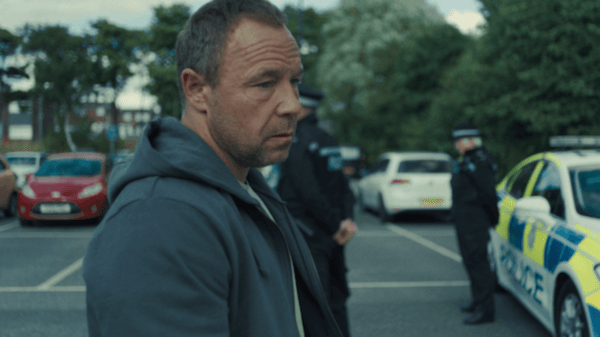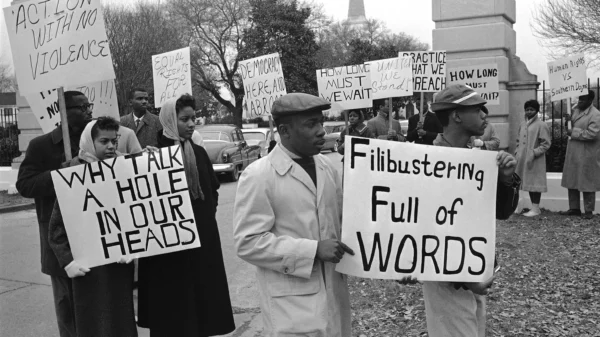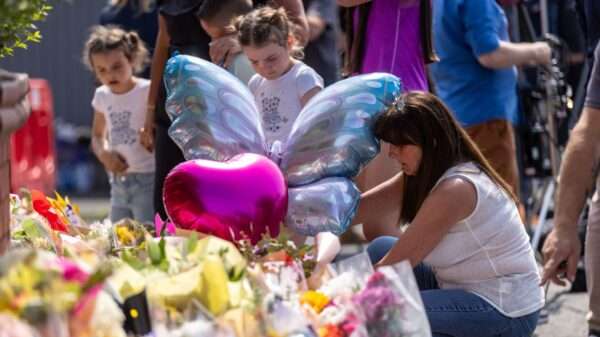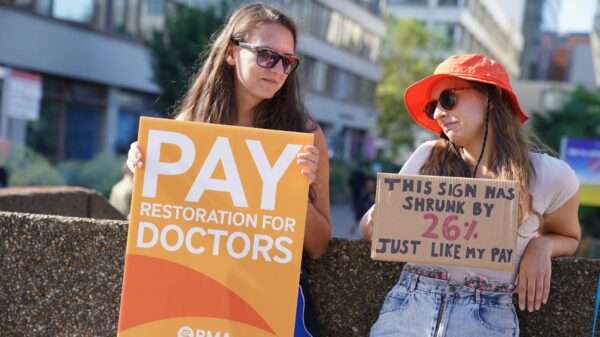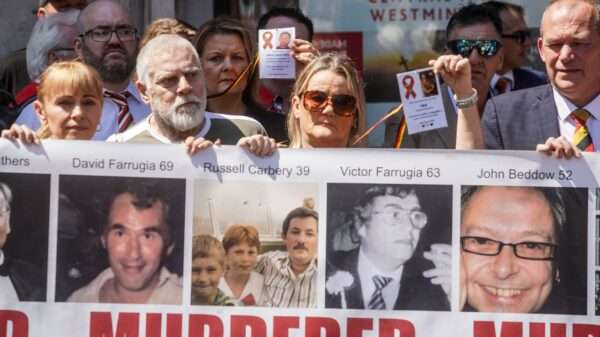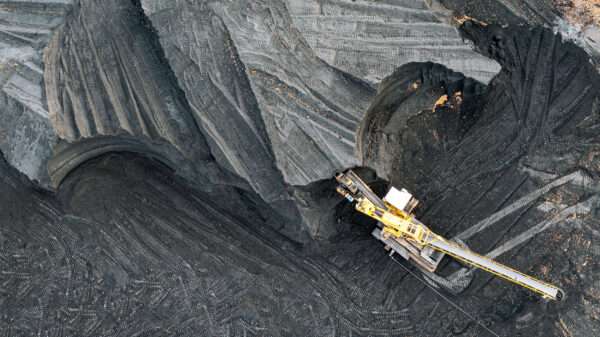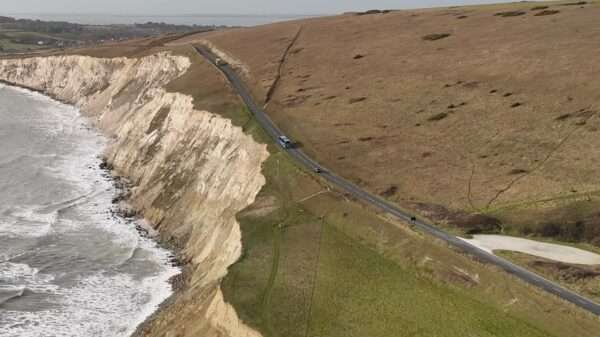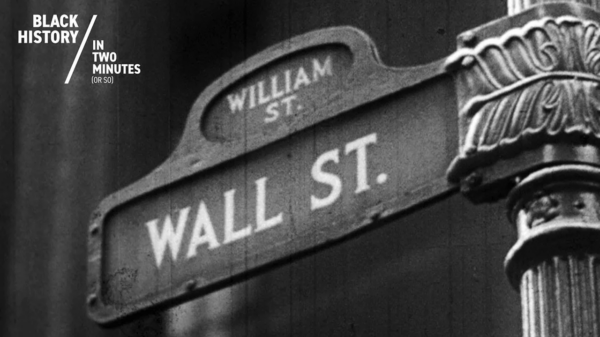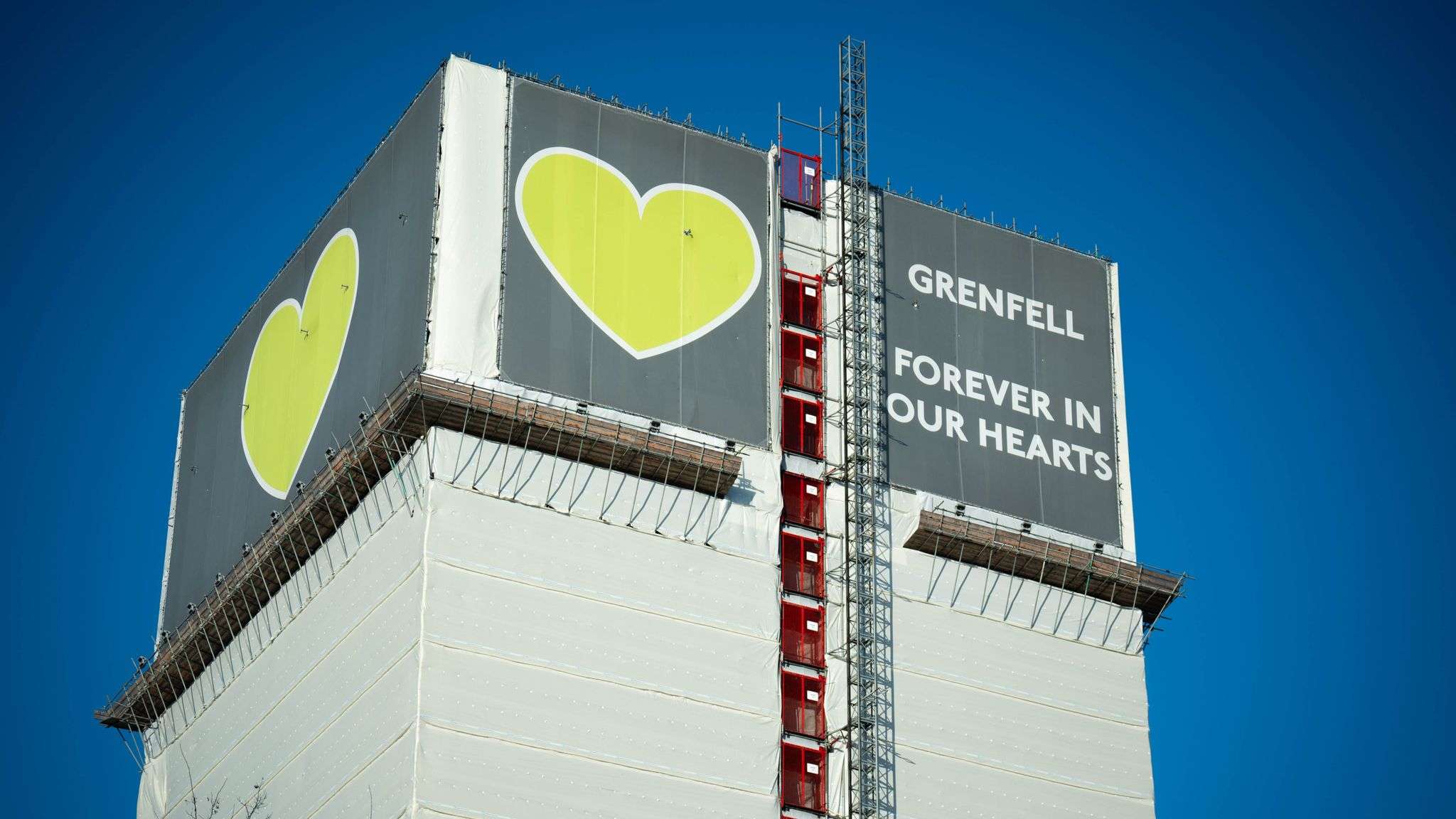The UK government has officially confirmed that Grenfell Tower will be demolished, a decision that comes nearly seven years after the devastating fire that claimed 72 lives in June 2017. The process is expected to take two years, marking the end of a structure that has stood as a stark reminder of one of the country’s worst modern tragedies.
The announcement has reignited tensions among survivors and bereaved families, many of whom feel their voices have been disregarded. Labour’s Angela Rayner faced criticism for allegedly “ignoring” those affected, as calls for greater consultation on the tower’s future had been ongoing. While some see demolition as a necessary step, others believe the site should be preserved in some form to honor the victims and ensure lessons are never forgotten.
In its announcement of the demolition, the government said Ms Rayner was told by engineers that the tower is “significantly damaged”.
While it “remains stable”, this is due to the supports put in place after the fire.
Engineers said it is also not “practicable” to keep many of the damaged storeys as part of a long-term memorial.
“Taking the engineering advice into account the deputy prime minister concluded that it would not be fair to keep some floors of the building that are significant to some families, whilst not being able to do so for others and knowing that, for some, this would be deeply upsetting,” the government said.
The government maintains that the decision was made with safety as a priority. However, campaigners continue to push for justice, accountability, and lasting changes in housing regulations to prevent such a catastrophe from happening again.
As the two-year timeline unfolds, the debate over Grenfell’s legacy will likely persist, underscoring the need for continued dialogue between officials and the community still grieving its loss.





